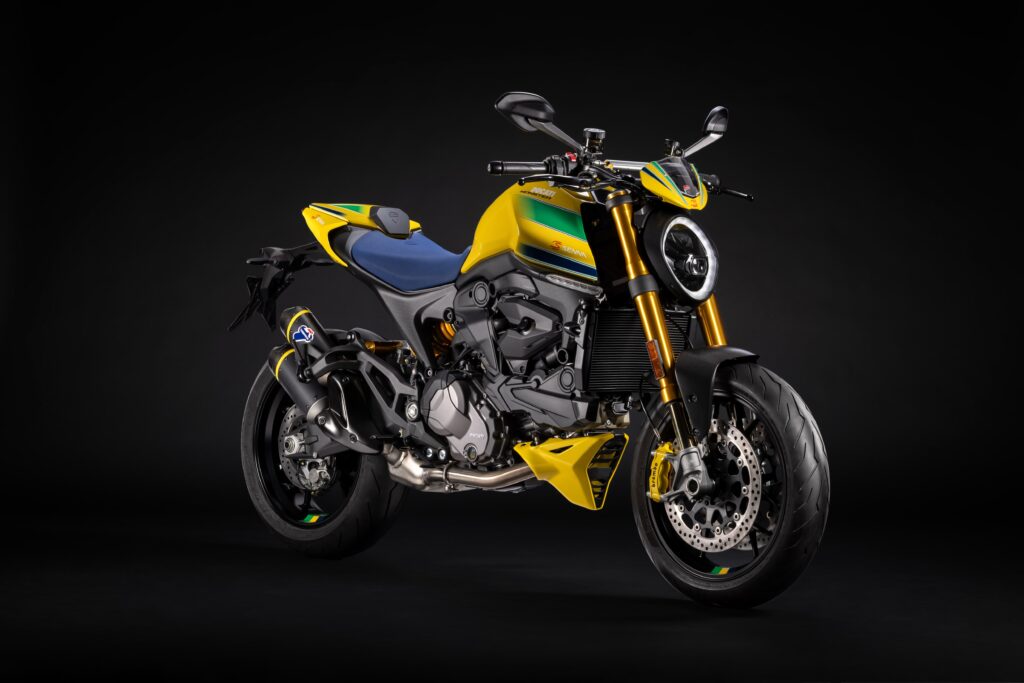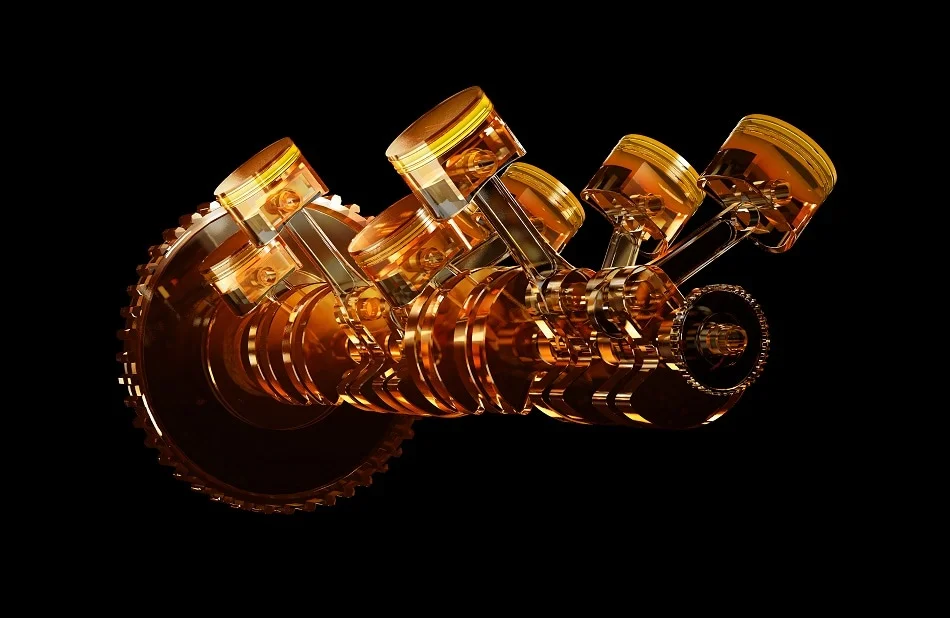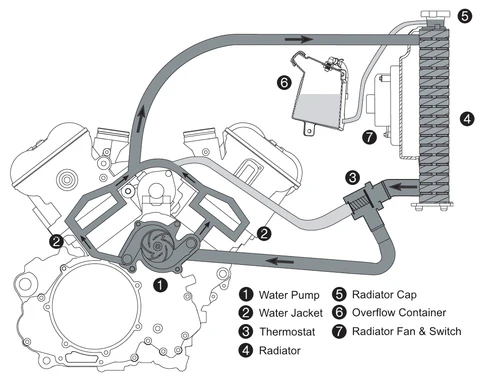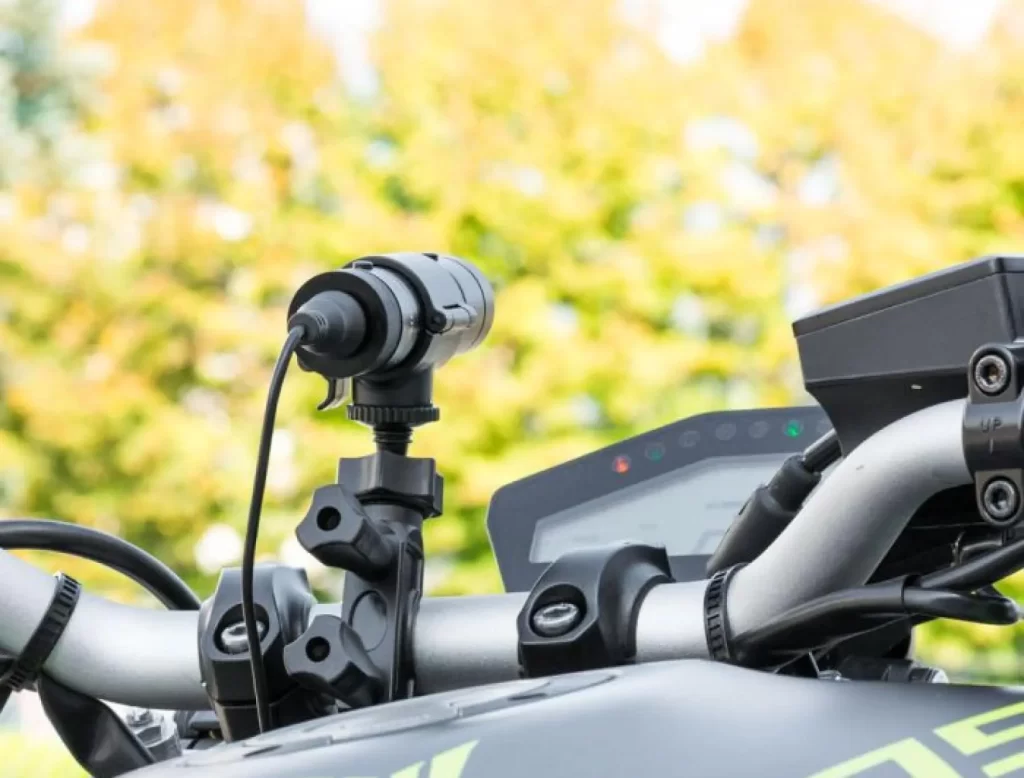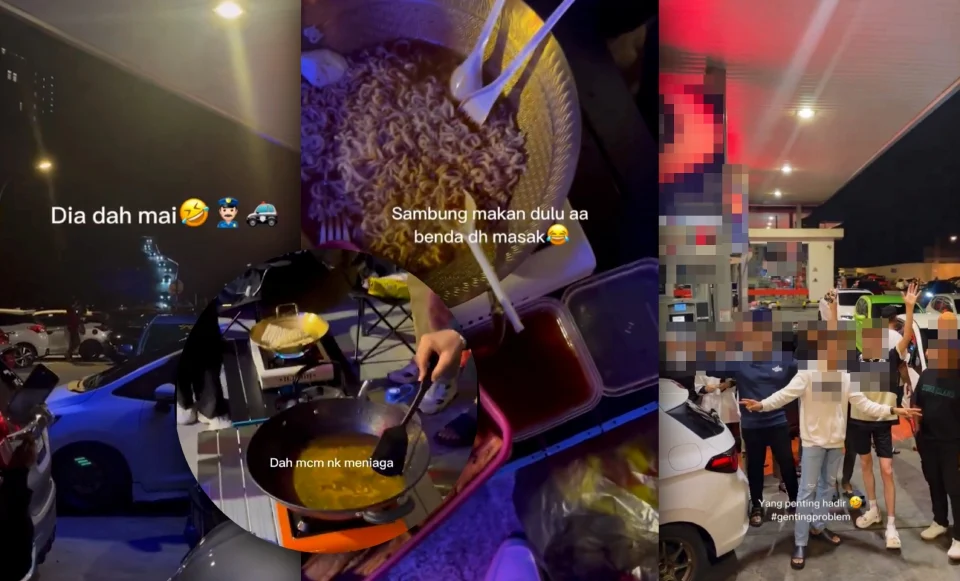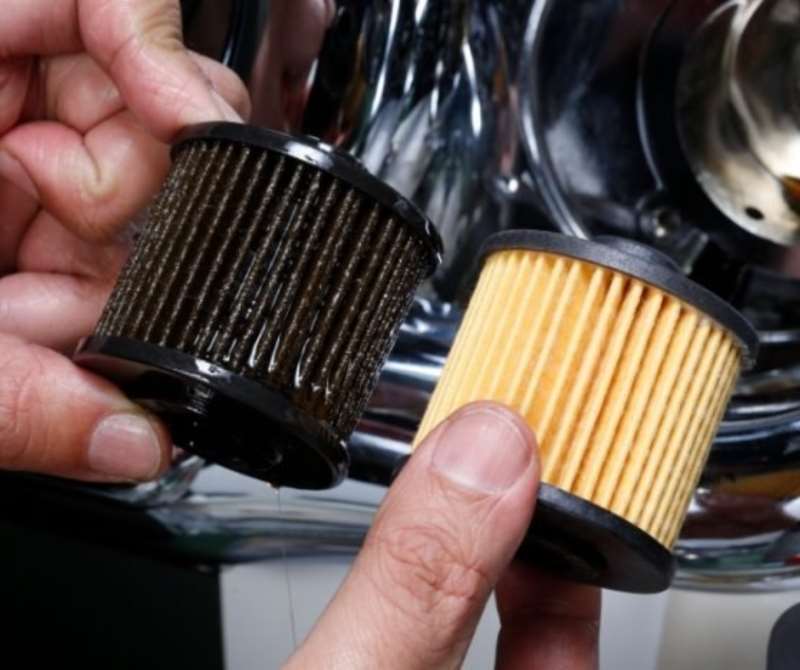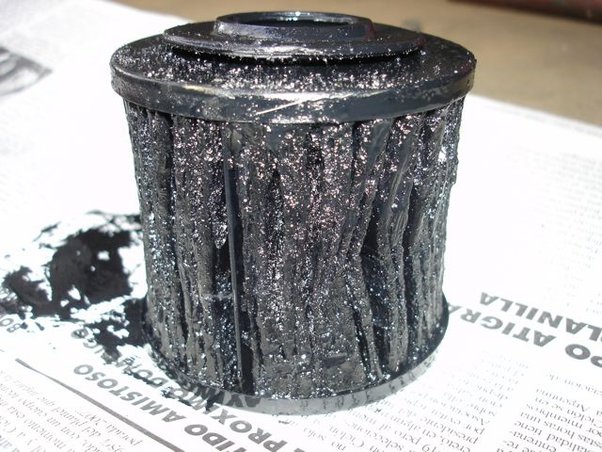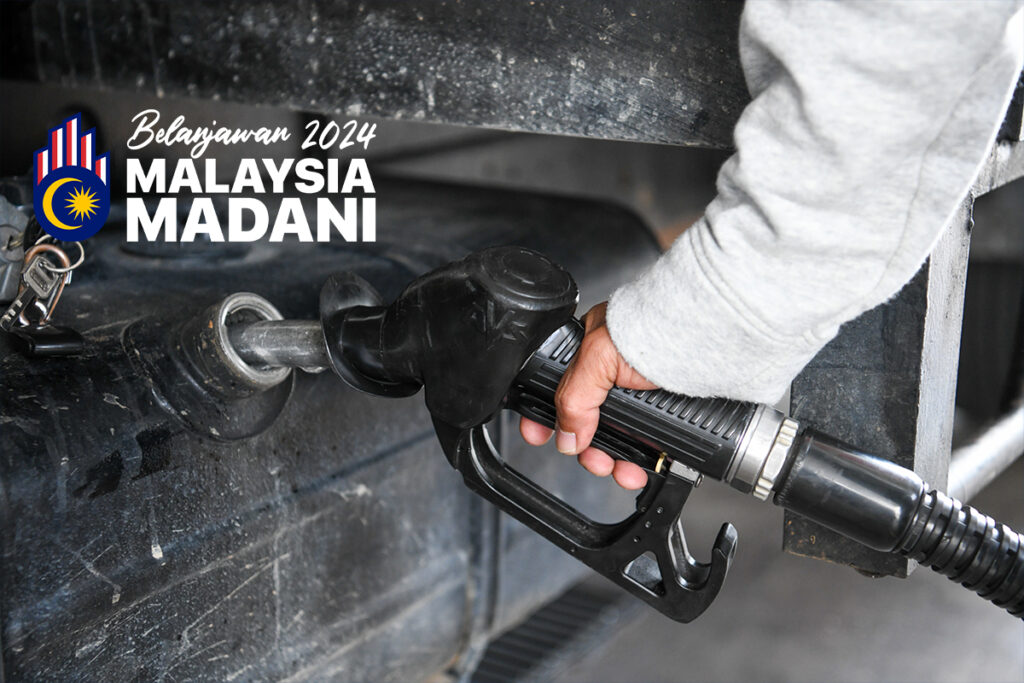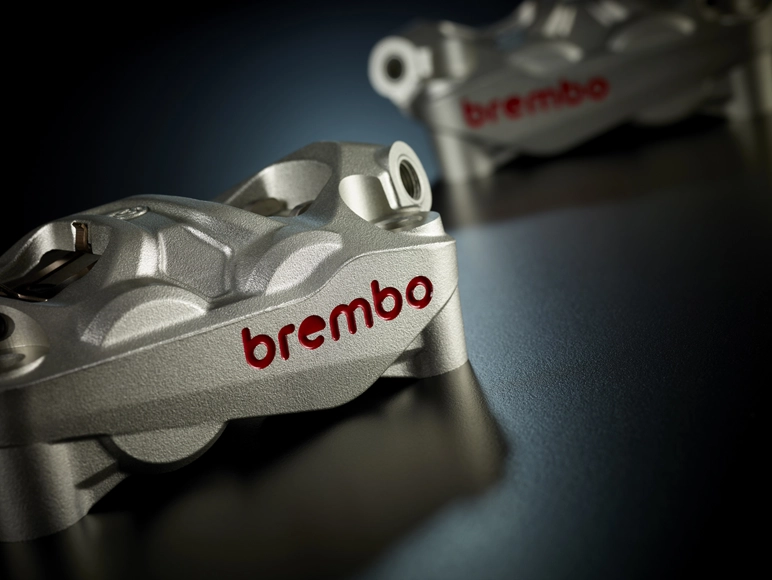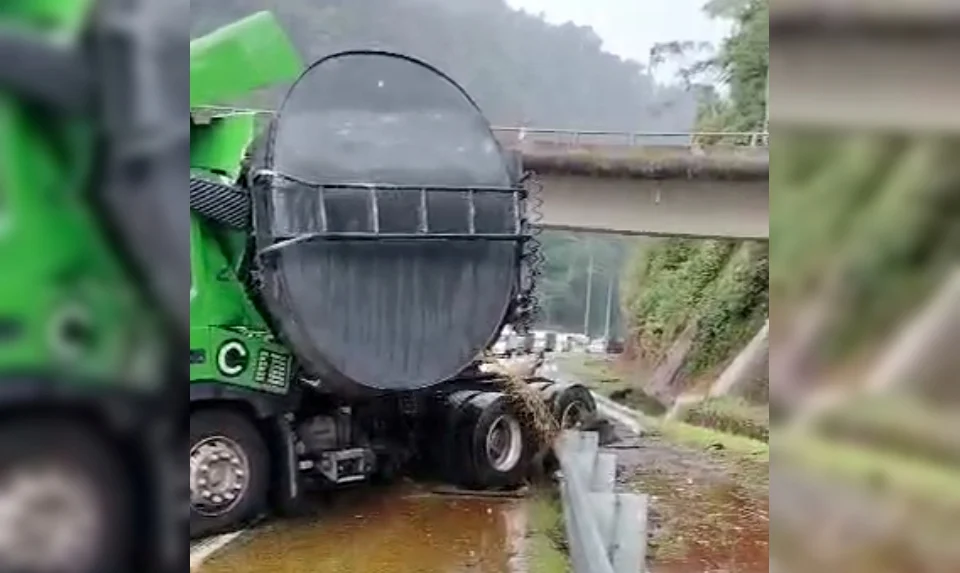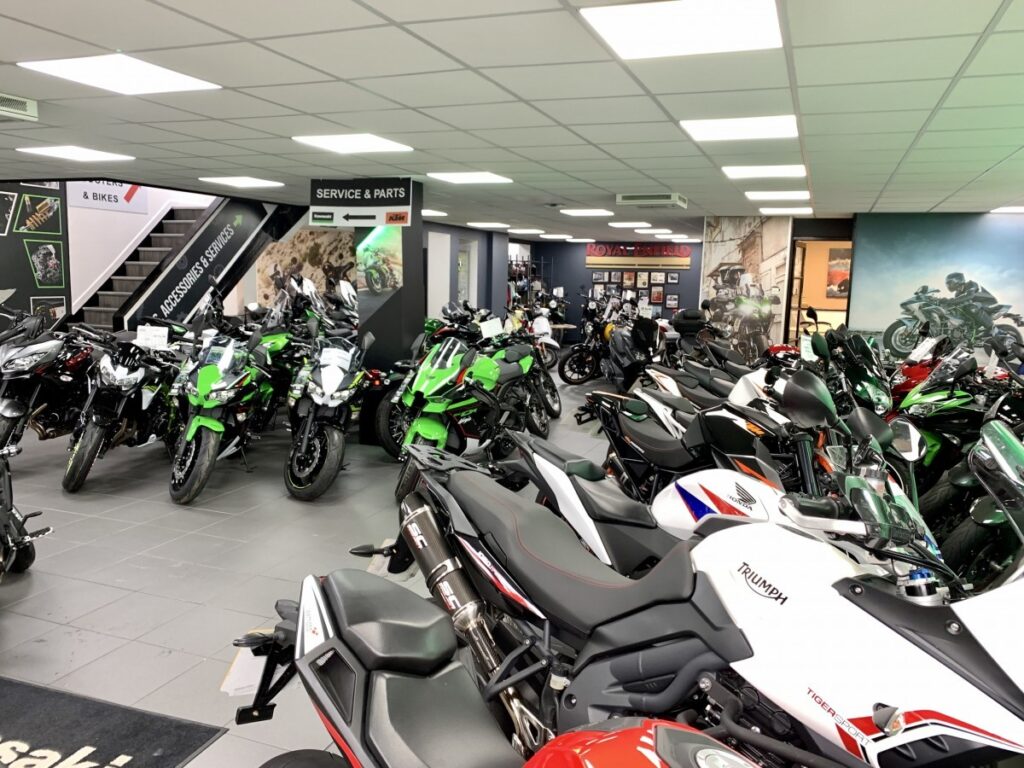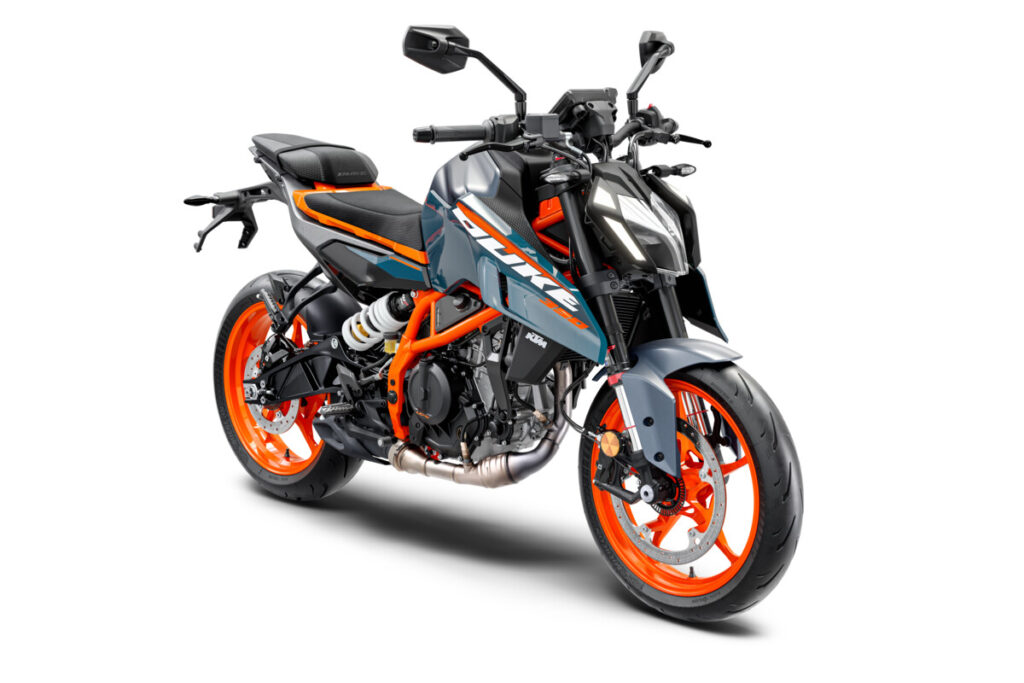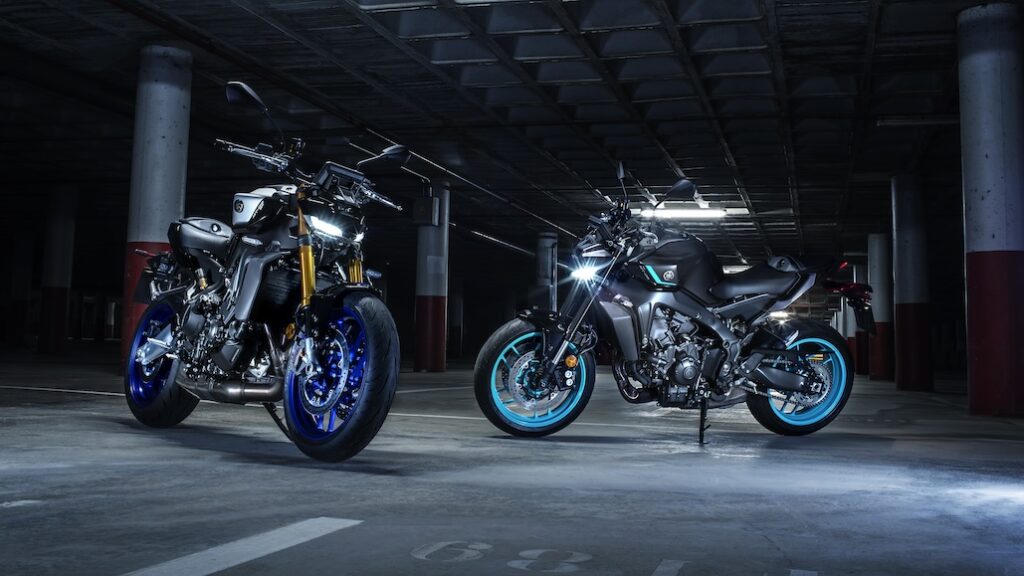The Ducati Monster Senna debuts as the latest homage to the late F1 legend, Ayrton Senna.
Ducati had previously produced the 916 Senna, 996 Senna, and 1199 Panigale Senna so it is only fitting to return to this iconic variant. Ayrton’s first motorcycle when he moved to Monte Carlo was a Ducati Monster, anyhow.
However, unlike the superbikes that were painted in stealthy colours in respect to his untimely passing, the new Monster Senna’s livery was styled in the Centro Stile Ducati and took inspiration from Ayrton’s bright yellow, blue, and green race helmet, which represented his Brazilian nationality.
This theme is not only present on the bodywork but extends to the yellow Brembo Stylema front brake calipers, blue seat, and yellow bands on the Termignoni (yay!) exhaust mufflers. The Senna logo is also present on the tank.
Only 341 units will be built, in accordance to the 3 F1 championships, and 41 wins achieved by Senna. There is a “Racing is in my blood” caption on the back of the fuel tank.
Main features of the Ducati Monster Senna:
- Plate with model name and progressive number (XXX/341).
- Dedicated animation on dashboard ignition.
- Sports seat with logo.
- 937 cc Testastretta 11° engine, producing 111 hp at 9,250 rpm, and 93.2 Nm at 6,500 rpm.
- Termignoni silencers with yellow stripes.
- Aluminium front frame.
- Rear subframe in lightweight GFRP.
- Machined from billet aluminium footrests.
- Aluminium swingarm.
- Öhlins steering damper.
- Fully adjustable Öhlins NIX30 front fork.
- Fully adjustable Öhlins monoshock.
- Forged aluminium wheels (-1.86 kg) with two-tone yellow/green/blue tag.
- Carbon fibre front and rear mudguards.
- Engine guard in yellow.
- Full LED lighting system with sweeping technology direction indicators.
- 3-inch colour TFT instrumentation.
- Riding Modes (3 settings) calibrated to benefit from the new chassis, new Wet Riding Mode.
- ABS Cornering adjustable on 3 levels with front only mode.
- Ducati Traction Control (DTC) with 8 levels, Ducati Wheelie Control (DWC) 4 levels.
- Launch Control adjustable on 3 levels.
- Brembo front brakes with 320 mm discs, monobloc Stylema® calipers painted in yellow.
- Hydraulic clutch with radial pump.
- Ducati Quick Shift (DQS) for up and down shifting.
- Lithium ion battery.
- Pirelli Diablo Rosso IV tyres.
- Windshield.
- Passenger seat cover.
- Dedicated motorcycle cover.
- Certificate of authenticity.


